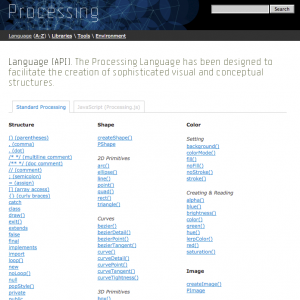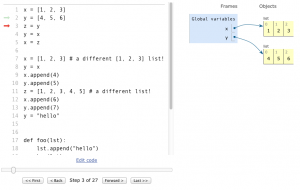In this 2021 talk at the University:Future Festival Eric Mazur describes his changes in his teaching during the Covid pandemic.
Eric Mazur is a professor of Physics at Havard University and well known in the area of higher education for the method of “Peer Instruction” during big lectures to activate students and increase interaction between teacher and students (Mazur 1996). This method was part of the famous article by Nobel laureate Carl Wieman (Deslauriers et al. 2011).
Links
YouTube playlist with more talks at U:FF 2021.
References
Deslauriers, Louis; Schelew, Ellen and Wieman, Carl (2011) Improved Learning in a Large-Enrollment Physics Class. In: Science, Vol 332, Issue 6031.
Mazur, Eric (1996) Peer Instruction: A User’s Manual, Pearson.

